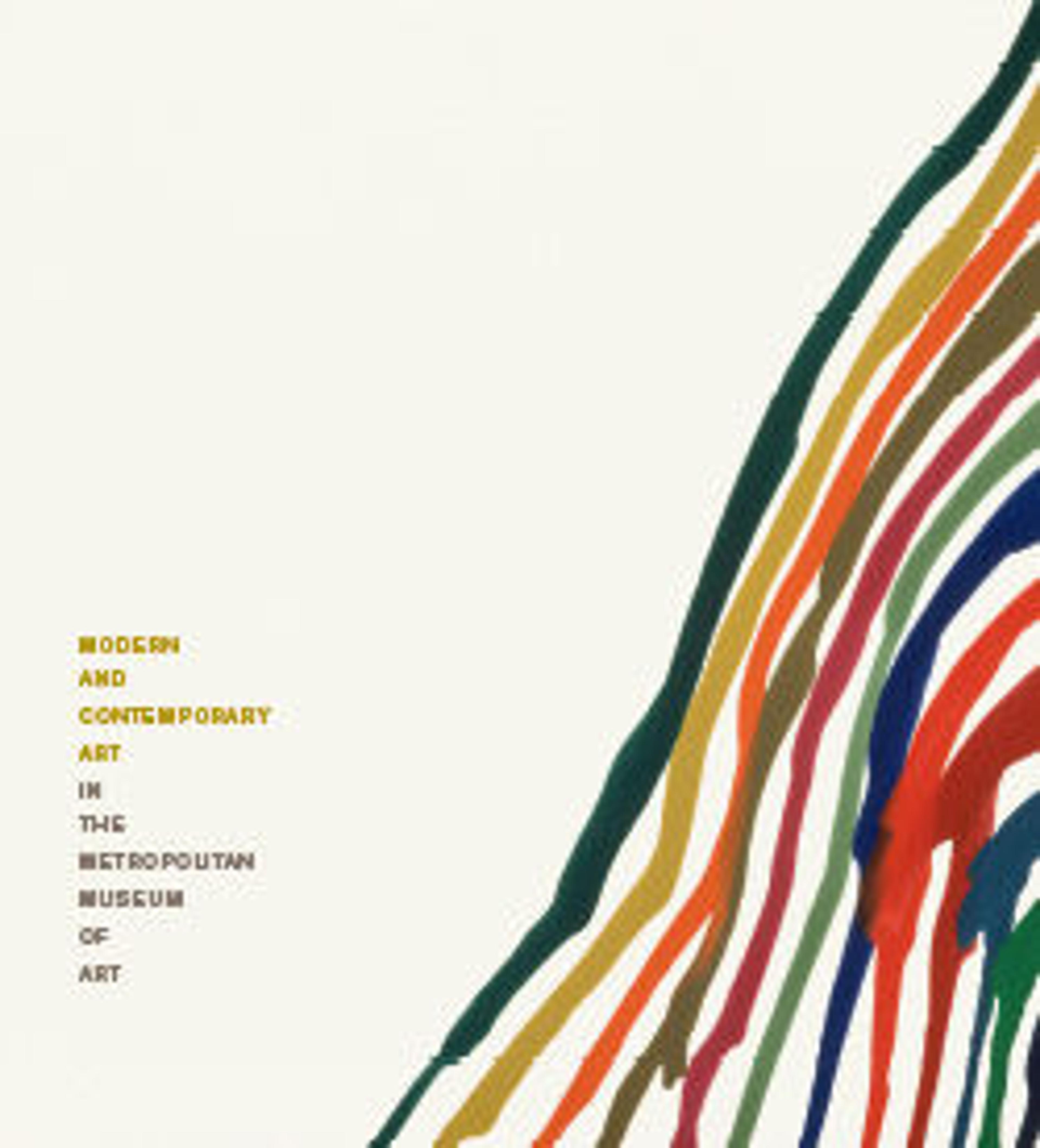An Ear of Mud, An Ear of Paste
An Ear of Mud, An Ear of Paste is a colloquial expression in Egyptian Arabic that refers to someone who is deaf to what is transpiring around them. The two ears on the side of the beggar’s head recalls the expression, while in the background, the prone bodies of three men suggest they are "dead" to the world. El-Gazzar and other members of Egypt’s Contemporary Art Group (est. 1946) identified the unorthodox mystical beliefs and popular culture of the urban underclass as sources of artistic and political inspiration. Painted on the eve of the Free Officers’ Coup (1952) and the end of British rule, the work reads as a portrait of Egyptian society suffering under immense strain.
Artwork Details
- Title: An Ear of Mud, An Ear of Paste
- Artist: Abdel Hadi El-Gazzar (Egyptian, Alexandria 1925–1966 Cairo)
- Date: 1951
- Medium: Oil on paperboard
- Dimensions: 38 9/16 × 26 3/4 in. (98 × 68 cm)
- Classifications: Paintings, Works on Paper
- Credit Line: Purchase, Lila Acheson Wallace Gift, 2018
- Object Number: 2018.938
- Curatorial Department: Modern and Contemporary Art
More Artwork
Research Resources
The Met provides unparalleled resources for research and welcomes an international community of students and scholars. The Met's Open Access API is where creators and researchers can connect to the The Met collection. Open Access data and public domain images are available for unrestricted commercial and noncommercial use without permission or fee.
To request images under copyright and other restrictions, please use this Image Request form.
Feedback
We continue to research and examine historical and cultural context for objects in The Met collection. If you have comments or questions about this object record, please contact us using the form below. The Museum looks forward to receiving your comments.
